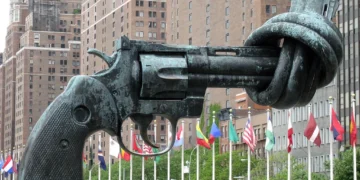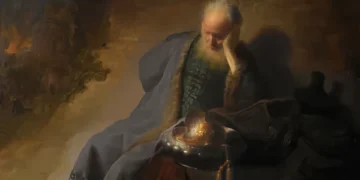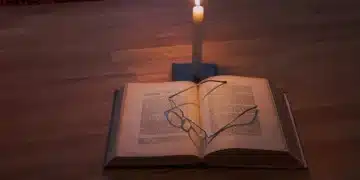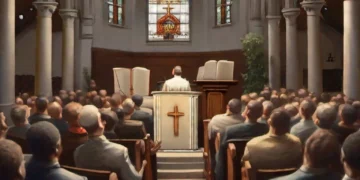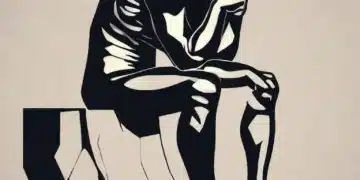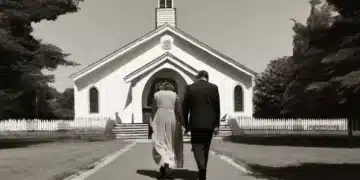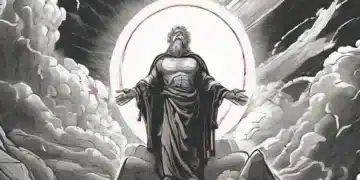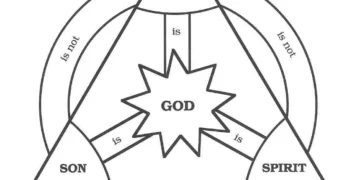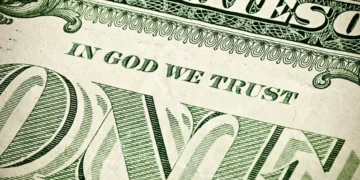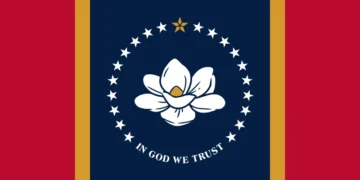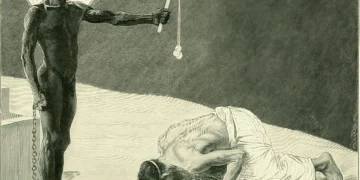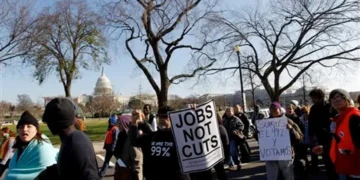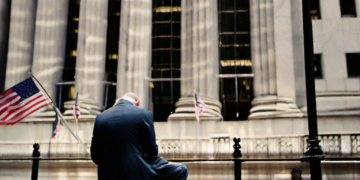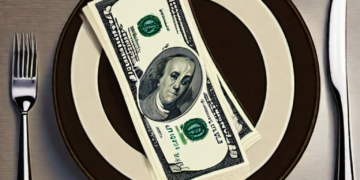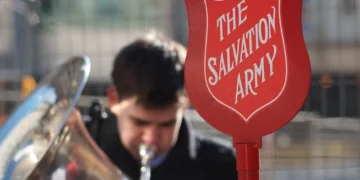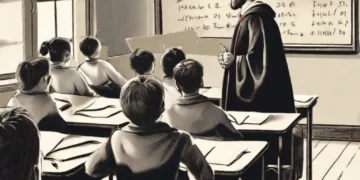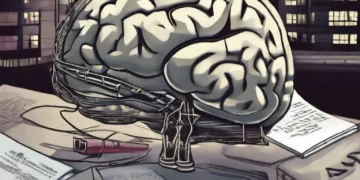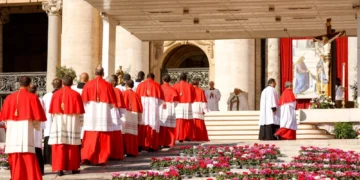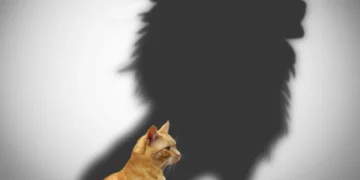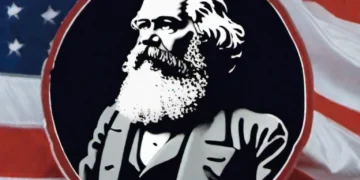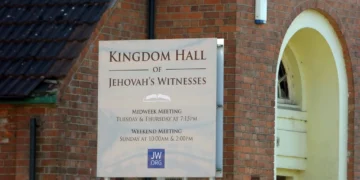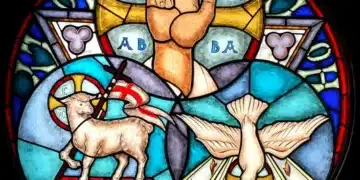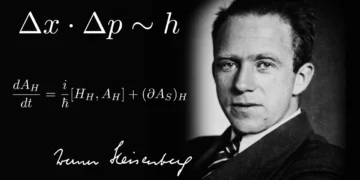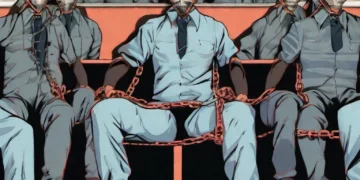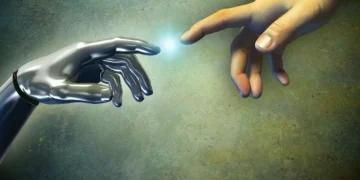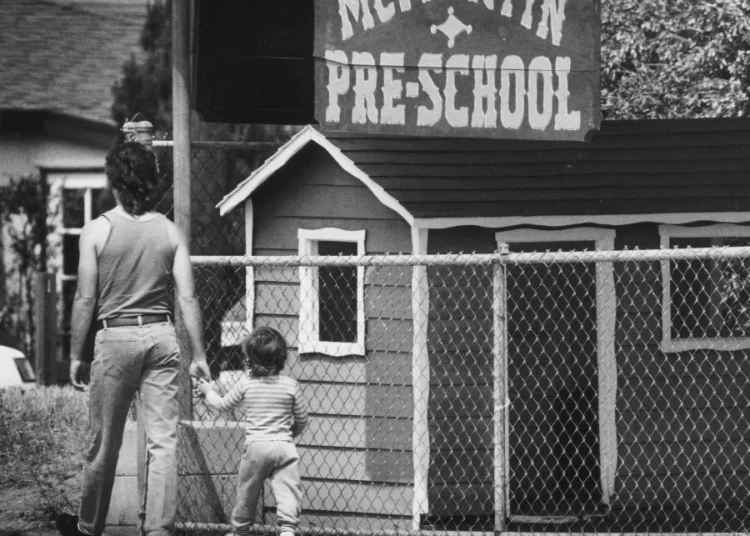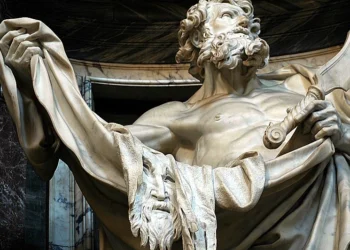In the 1980s and 1990s, a wave of fear washed over communities across the United States and other parts of the world. It was a time marked by unsettling allegations of ritualistic abuse and satanic cults that gave birth to what became known as the “Satanic Panic.” This article delves into the origins of this social phenomenon, highlights examples of innocent victims affected, explores how the panic eventually subsided, and offers a moment of reflection for those swept up in its tragic wake.
The Origins of the Satanic Panic
The Satanic Panic emerged from a confluence of societal factors, including the influence of Evangelical Christianity and an increased awareness of child abuse in the wake of high-profile cases. Concerned parents, influenced by sensational media reports, began to see signs of satanic rituals and cults in seemingly mundane occurrences, leading to widespread accusations and investigations.
Innocence Defiled
The Satanic Panic left a trail of devastation in its wake, with many innocent individuals bearing the brunt of baseless accusations. Childcare centers, schools, and even private homes came under scrutiny, resulting in disrupted lives, shattered reputations, and broken communities. Innocent families were torn apart, and numerous professionals found their careers tarnished or destroyed as they were falsely accused of participating in unspeakable acts.
One such case involved the McMartin Preschool in California, where accusations of satanic abuse led to a highly publicized trial that spanned several years. Ultimately, no credible evidence was found to substantiate the claims, and the defendants were acquitted, but the damage caused to the accused individuals and their families was irreparable.
The Decline and Recovery
As the panic escalated, more rational voices began to question the validity of the claims. Skepticism grew among mental health professionals, law enforcement authorities, and the general public. Investigations failed to uncover concrete evidence supporting the alleged satanic rituals, and the credibility of certain accusers deteriorated as inconsistencies were exposed.
With time, critical analysis, and informed skepticism, public opinion swayed against the hysteria. Media attention waned, and slowly, the fervor surrounding the Satanic Panic diminished. Research highlighting the lack of evidence and the psychological phenomenon of “false memories” further discredited the movement, leading to its gradual decline by the late 1990s.
A Moment of Reflection
As we look back on the Satanic Panic, it is crucial to remember and acknowledge the pain endured by those who were unjustly accused. Lives were shattered, families were torn apart, and communities were scarred. Amid the sensationalism and frenzy, innocent individuals lost their reputations, livelihoods, and peace of mind.
In memory of the victims of the Satanic Panic, let us take a moment to offer a prayer for those who suffered. May they find solace and healing from the trauma they endured, and may this dark chapter serve as a reminder of the dangers of unchecked fear and societal hysteria.
Dangers of Mass Hysteria
The Satanic Panic, a period of fear and unfounded accusations, instilled panic in communities across the United States and beyond. Innocent individuals bore the brunt of baseless allegations, facing a profound loss of personal and professional reputations. However, as skepticism and critical thinking prevailed, the Satanic Panic eventually subsided. It stands as a stark reminder of the potential dangers of mass hysteria, urging us to approach claims with scrutiny and compassion in the pursuit of truth and justice.
